Rail minister Chris Heaton-Harris launched the fresh rail industry efficiency drive at a virtual event attended by 1,800 rail supply chain representatives.
Project SPEED – Swift, Pragmatic and Efficient Enhancement Delivery – aims to galvanise the industry into greater use of innovative construction methods while at the same time removing complexity from planning processes.
This twin-track approach to raising delivery efficiency is being jointly developed by the Department for Transport and Network Rail.
Infrastructure projects at different stages of development have been reviewed to identify how government funding could go further and work could be carried out faster.
These new and innovative ways of working will be rolled out across all rail upgrades.
First Project SPEED outcome
A project already benefitting from Project SPEED principles is the scheme to reopen the Northumberland line between Ashington and Newcastle-upon-Tyne, which closed to passengers in 1964 as part of the Beeching cuts.
Northumberland County Council, DfT, Network Rail and AECOM have collectively worked to identify opportunities to bring this into service as quickly as possible.
This could take months off the schedule and deliver efficiencies that save millions from the programme.
The rail minister added: “Rail Project SPEED, forged alongside Network Rail, is a call to arms to cut unnecessary red tape, be bold and purposeful, and empower the railway to be radical in its thinking to halve the time and reduce the cost of delivering infrastructure projects.
“By maximising the benefits of every pound that we’re channelling into rail, we will make the case for continued investment.
“Our intention is to create a more resilient, resourceful and robust railway, equipped for the challenges ahead and delivering better for its passengers, as we build back better from COVID-19.”
Andrew Haines, Network Rail’s chief executive, said: “The pandemic has spurred us to make real progress in removing barriers that have long hindered industry transformation.
“But, of course, there is still much more to do, and we will do that faster and more effectively when we work together across the industry.”





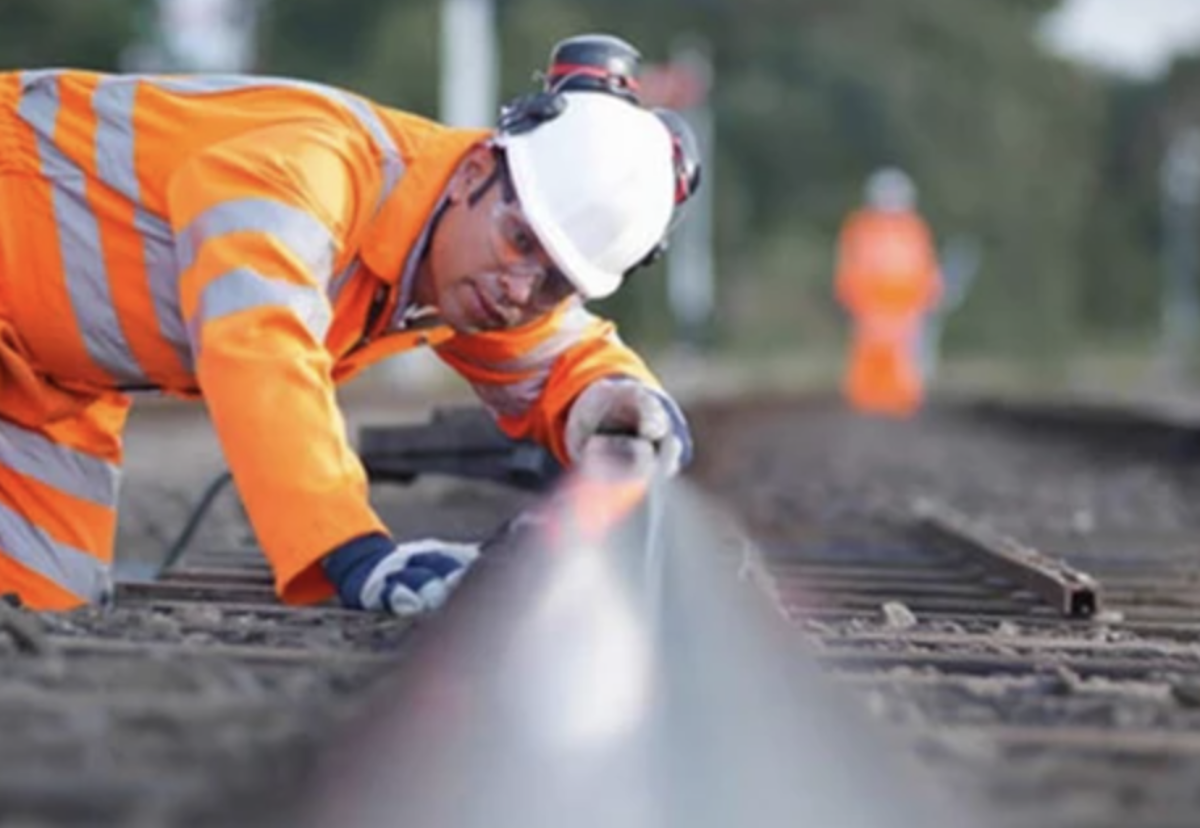




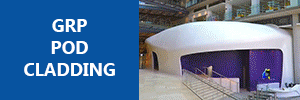




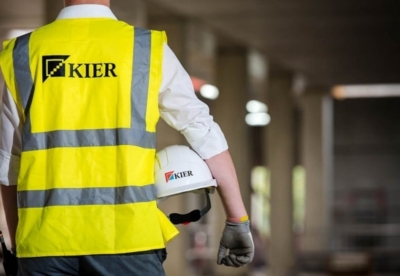






















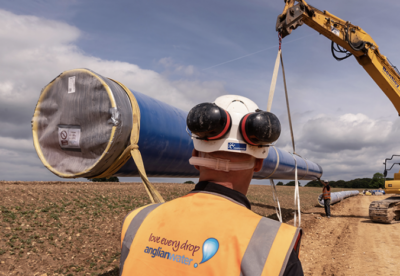



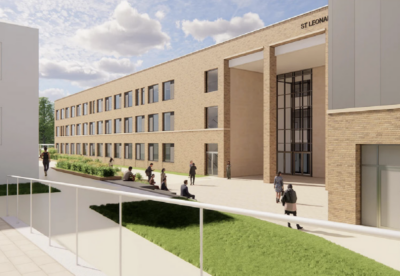












.gif)



